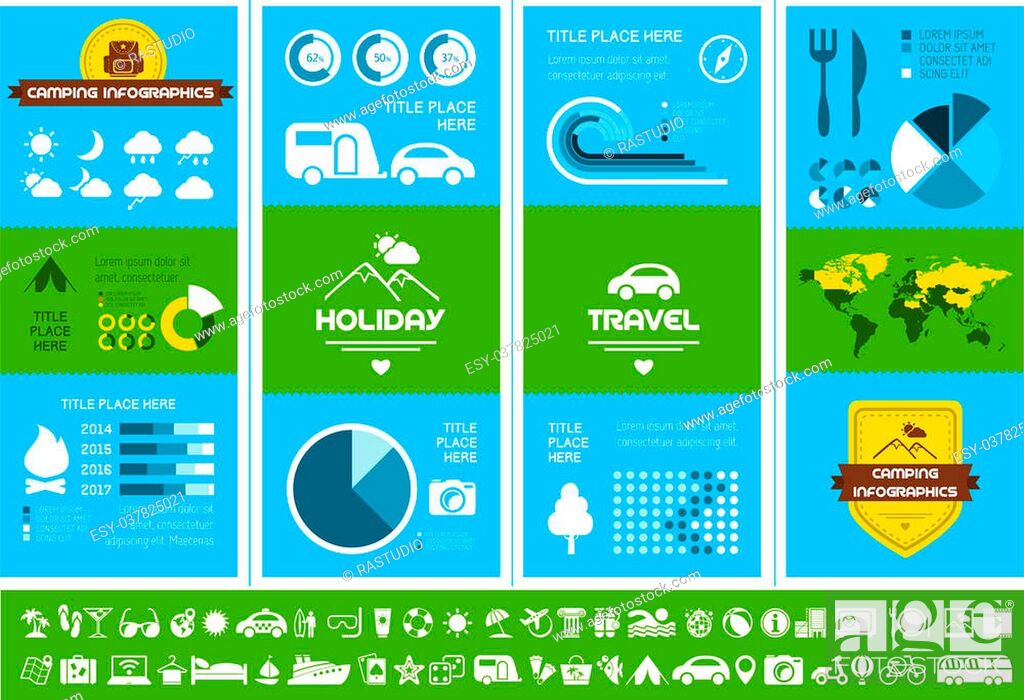Training Your Group On Wall Tent Fire Safety Protocols
Why Every Four-Season Outdoor Tents Requirements an Oven JackA double-wall style that's both breathable and water resistant. They can be extra comfy than single-wall camping tents in winter months but can be much less spacious and open up sights less.
Made to hold up against high winds and lost snow. They might also have thicker posts and added guylines to improve rigidity.
Whether you're glamping or backpacking, these tents can handle a variety of winter problems. They're perfect for those looking for a comfortable and cozy retreat in the backcountry.
1. Weatherproofing
Lots of tents feature waterproofing that's augmented by polyurethane layers and long lasting water repellent (DWR) treatments. Ultimately, nonetheless, adjustments in temperature and extended direct exposure to sunshine can weaken the tent's protective finishings. Rejuvenating these with joint sealant or a DWR treatment can assist secure your outdoor tents from dampness damages and prolong its useful life.
When packing up your camping tent, make the effort to very carefully fold up and fit each shockcorded post area right into place. This will prevent undue stress that can weaken or chip the post areas and cause structural problems when you set up camp.
Furthermore, make use of the Disappear concept when picking campsites. Pick spots that are devoid of rocks, pine cones and various other debris that can puncture or abrade the camping tent floor and fly. Additionally take into consideration bringing an impact, which is a custom-cut ground cloth created specifically for your outdoor tents's layout and will protect it from dirt, grit, stones and other sharp objects.
2. Air flow
If you are camping in the Everglades' humidity or Death Valley's heat, you require a camping tent with excellent ventilation. Ventilation is a critical factor in maintaining convenience and eliminating mold and mildew and mildew that can make your camping tent unusable.
The air flow system of a four-season tent is created to remove cozy, damp air and change it with cooler, drier air. This air exchange minimizes condensation by removing wetness from the air prior to it can choose the wall surfaces and ceiling of your camping tent.
To guarantee your tent has ample ventilation, try to find breathable products and adjustable vents. Additionally, elevate your outdoor tents slightly off the ground to improve air movement. Another key element of an excellent air flow system is the use of an oven jack, which offers a safe exit point for your camping tent's smoke pipeline to avoid carbon monoxide poisoning.
3. Livability
While a 4 season camping tent might not be the best choice for ultra-light backpackers, it is crucial for those planning to camp year-round. Buying this type of sanctuary conserves money on separate arrangements and decreases equipment turnover. It likewise allows you to explore landscapes at various seasons, opening up peaceful off-season experiences and beautiful wintertime surface.
If you choose a durable and spacious four season outdoor promotional bag tents like the KUIU Storm Star 2 or the Samaya 2.0, make certain that it offers sufficient climate security. This includes a hardy framework, solid poles and materials created to stand up to high winds and lost snow. Look for seams that are double-stitched and surfaces like water repellent, mold & UV resistance finishes that secure your financial investment from the components.
In addition, pick a double-wall design for the best livingability. Single-wall versions can be waterproof however have issues with condensation. They can additionally be too hot for summer season and not well fit to rain.
4. Storage space
Saving your camping tent in a shaded location safeguards it from the extreme UV rays of sunshine. Extended direct exposure to these rays can break down and compromise the fabric in time, making the camping tent less resilient. It's also important to frequently inspect the saved tent for indications of wetness and invasive bugs.
Storage space camping tents are usually easier to utilize than long-term structures because they do not call for any kind of modifications to your building. They additionally supply the versatility of moving them around your outdoor room to resolve various storage needs.
4-season tents are made to withstand severe weather condition. They generally feature inflexible structures to stay stable in high winds and thicker wall surfaces to supply warmth against snow and storm winds. They strike an equilibrium between vital functions like weather protection, weight, and interior room to fit your certain adventure goals. The NEMO Kunai 2 and Hilleberg Nammatj 2 are both examples of 4-season outdoors tents that balance weather defense, weight, and livability.
